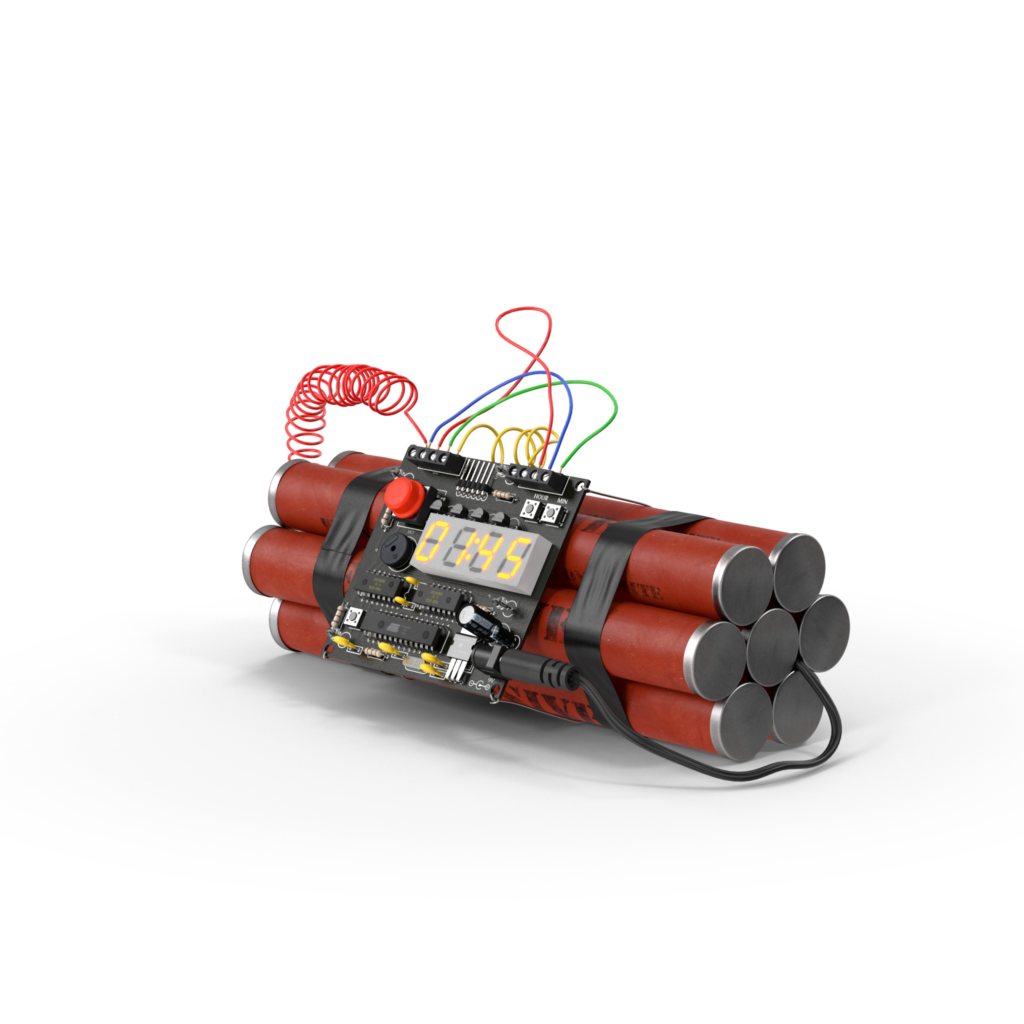Explosions, fires, heavy equipment accidents, dangerous falls, lead, asbestos, silica, heavy metal exposure, poisonous dust…shall I go on?
These are real threats demolition contractors face every day on the work site. An emergency action plan is essential for a demolition team to know by heart when the sudden and unexpected happens. Preparation is key.
Commercial and residential demolition contractors must also consider public safety in areas surrounding their work site. Noise, vibration, and air-born dust particles from lead, asbestos, or heavy metals can be bothersome, or even dangerous. We’ll see what the experts do to control these issues and to protect their workers and the public.
